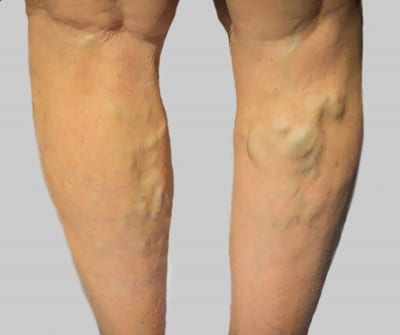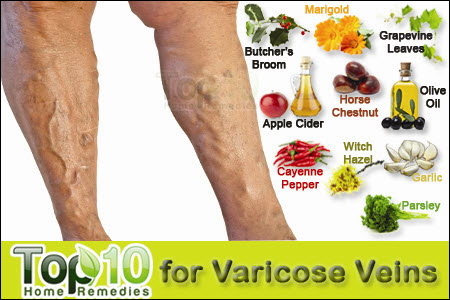
Veins, also called varicose veins, are blood vessels, or varicose channels, which carry fluid from the tissue and organs of the human body and elsewhere back to the heart
Every vein has three layers – skin, subcutaneous fat and venous. Each vein has an opening into the interior of the skin known as a varicose portal. Veins themselves are made of soft elastic blood vessels. But along with the other blood vessels in the skin, these veins and the arteries which support them form an essential part of the circulatory system.
There are two different types of veins, venous and arterial. They are connected by capillaries. When one vein is engorged and bulges outward from the skin, it is called varicose veins. These engorged veins are located on your buttocks, back, neck, leg and ankle and can be very painful.
Pain is a signal that the vein may be infected. However, the symptoms and causes of venous pain can vary from person to person. Some people suffer no pain at all, while others suffer from it severely. Other signs and symptoms include swelling, redness, warmth, tenderness, and itching or burning in the area around the vein. This is caused by the circulation of blood through the affected area.
To get rid of the pain, first you have to identify where the pain is coming from. If you can pinpoint the location, the treatment will be easier and faster. You can try taking anti-inflammatory medicines, ice compresses, taking an aspirin, taking over the counter pain killers, or applying petroleum jelly or cold compress.
In some cases, your doctor may prescribe a drug called Venapro for the purpose of treating your venous pain. It reduces the pressure on the veins through a topical cream. Another alternative is surgery, which is often used to treat varicose veins. Although most surgeons recommend surgery to reduce the number of varicose veins, it is not a permanent solution because these veins eventually grow back.
Another option for treatment of your varicose veins is known as laser therapy. A special kind of laser is used to burn or remove the damaged vein and this destroys the root of the vein, thus reducing the blood supply.

In the case of surgical treatment, the procedure usually takes place on the affected area and then stitches are applied to the site to close off the vein. Another option is microdermabrasion, which is where a laser is used to remove the outer layers of the vein. The last procedure is called a microdiscectomy, where a laser is used to remove the outer layers of the vein.
Whichever procedure you choose, do not hesitate to speak with your doctor about vein removal. He will advise you on the best treatment.
If you are experiencing severe pain or inflammation in your lower leg or the thigh, it is very important to visit your doctor. Your doctor will recommend that you see a specialist in vein removal as he will be able to diagnose and treat the problem.
Do not hesitate to visit your doctor if you experience any swelling or redness after any procedure. This can indicate that the vein has become infected or that it may also be infected. If the vein is infected, this can be very serious and it can lead to severe pain and infection.
In most cases, varicose veins are not cancerous. The problem is actually caused by blood clots and is not cancerous. If you have blood clots in your veins and this leads to increased vein pressure, then this can cause your vein to become inflamed, which will increase the amount of blood flow.
You can also reduce your vein's pain by changing your diet. This means eating foods rich in calcium, zinc, vitamin C, vitamin D, and vitamin E. These are vitamins that are good for the body. These vitamins strengthen the veins and help prevent clots from forming. These vitamins also help to make the veins stronger.